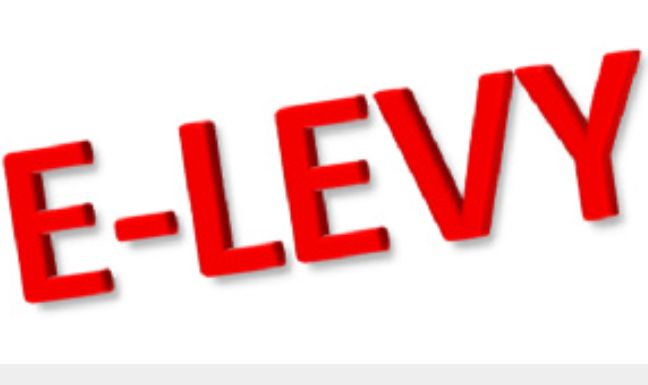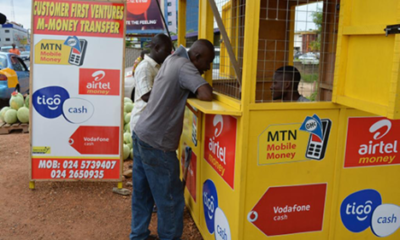Market
Know how E-Levy is charged to avoid being defrauded

The implementation of the E-Levy even though has been described as smooth by the authority, has had some challenges, particularly with transfers below GH¢ 100 threshold as well as transfers by the same accounts being taxed.
The GRA has, however, indicated that all persons who were wrongly deduced the levy will be reimbursed and that it has so far reimbursed 128,000 people who were wrongly taxed.
With this challenge of wrong E-Levy deductions comes an opportunity for people to be defrauded. Chief Executive Officer of the Ghana Chamber of Telecommunications, Ken Ashigbey, has called on Ghanaians to stay vigilant as some unscrupulous persons are taking advantage of the wrongful deductions on E-Levy to steal from them under the guise of helping them retrieve their ‘locked up’ funds.
GhanaWeb through this article seeks to educate Ghanaians on how they will know that they have been rightly deducted E-Levy so that they are not defrauded.
Mobile money transfers
First of all, let us take a look at how the E-Levy is deducted for mobile money transfers.
If the mobile money transfer you are engaging in will attract the 1.5 percent E-Levy, you receive a prompt with the amount you will be paying as the levy’s charge.
The prompt will have the following details: the name of the person you are sending the money to, his or her number, the reference number of the transaction, the fee of the transaction (which is the 0.75 percent charged by some Mobile Money Issuers (MMIs)), and a tax amount (the E-Levy being charged).
 Image Insert
Image Insert
The prompt described above comes with the option to confirm or cancel the transaction if one feels s/he is being wrongly taxed. After confirming the transfer, a confirmation message will be sent to affirm the payments made. In addition to all details mentioned above, the confirmation message will have a transaction identification number (ID).
 Image Insert
Image Insert
Bank transfers
For transfers using banking applications and electronic payment platforms, after the transfer amount is entered, a prompt is also received confirming the transfer amount, the bank charge, the amount taxable, the E-Levy charge, and the total charge.
 Image Insert
Image Insert
So, if the details of the transfers are correct and it is confirmed, a final message with the E-Levy charge, Account to Wallet Charge (existing charges of the banks), and Account to Wallet (amount transferred) will be received.
 Image Insert
Image Insert
Must one receive calls from charging entities (Telcos and Banks) for wrong E-Levy deductions
Calls purported to be from banks, Telecommunications Companies (Telcos) and other electronic money issues are likely to be from fraudsters because these agencies have not indicated that they will be calling customers who have been wrongly charged.
According to the Ghana Chamber of Telecommunications, no charging entity will call persons who were unlawfully deducted E-Levy on May 1, 2022 for a refund.
Customers should be very wary if they receive calls about E-Levy deductions.
-

 Lifestyle4 weeks ago
Lifestyle4 weeks agoRoad Safety Authority narrates how buttocks causes road accident
-

 GENERAL NEWS1 month ago
GENERAL NEWS1 month agoWhy 15 police officers stormed Owusu Bempah’s church – Kumchacha narrates
-

 GENERAL NEWS4 weeks ago
GENERAL NEWS4 weeks agoWatch how Ibrahim Mahama rode Honda superbike to pay last respects to late friend
-

 GENERAL NEWS1 month ago
GENERAL NEWS1 month agoHow Offinso residents storm destooled queen mother’s house, demand for new chief
-

 South Africa News1 month ago
South Africa News1 month agoWoman thrown out of a speeding taxi while on her way to work
-

 GENERAL NEWS2 weeks ago
GENERAL NEWS2 weeks agoDeadly clash between youth and navy personnel results in two deaths at Tema Manhean
-

 SHOWBIZ KONKONSAH2 weeks ago
SHOWBIZ KONKONSAH2 weeks agoJunior Pope’s Death: Video of John Dumelo refusing to join canoe for movie shoot over safety concerns resurfaces
-

 News Africa2 months ago
News Africa2 months ago‘Satanically dubious’ – SCOAN releases statement on BBC’s report about TB Joshua, church














